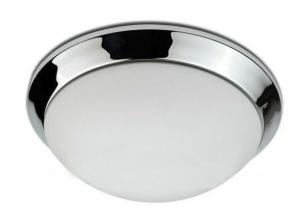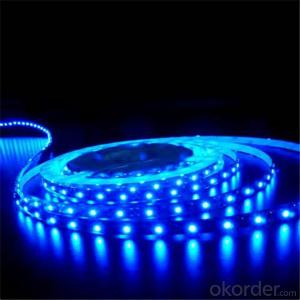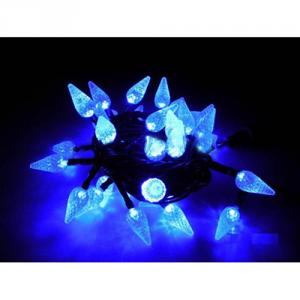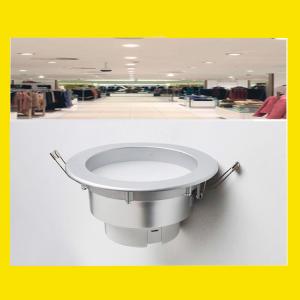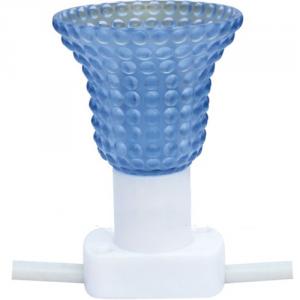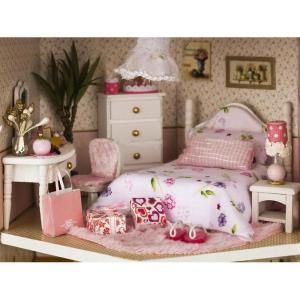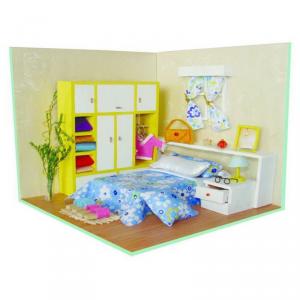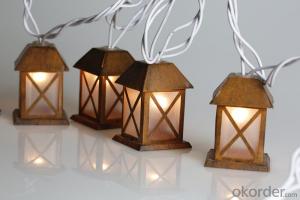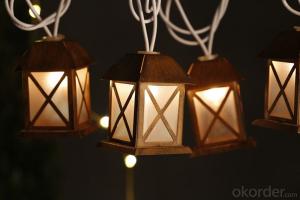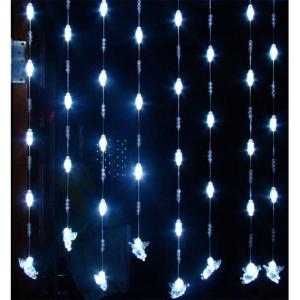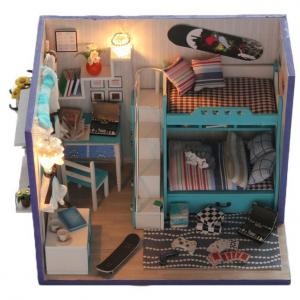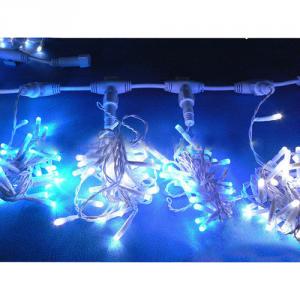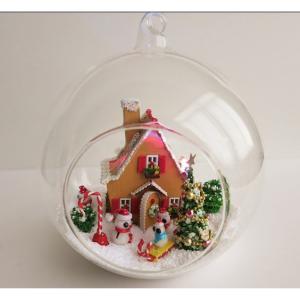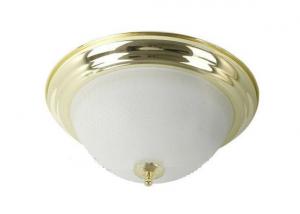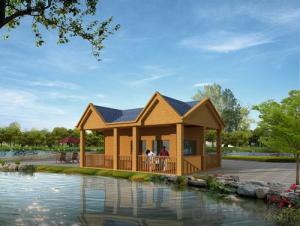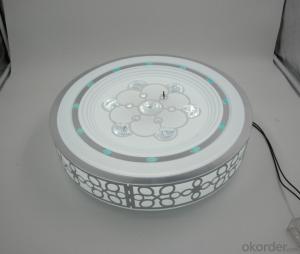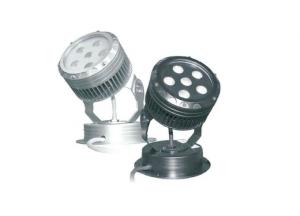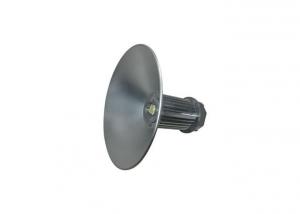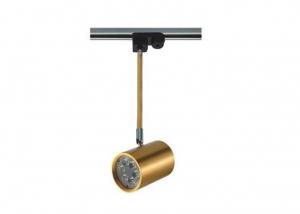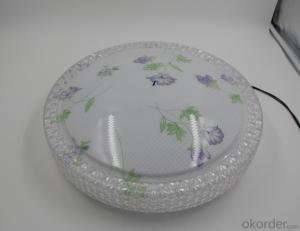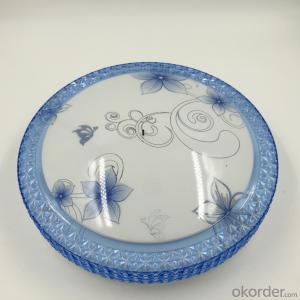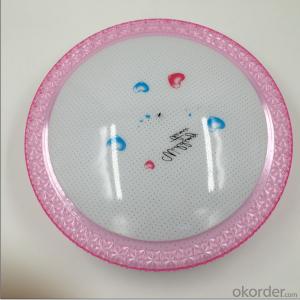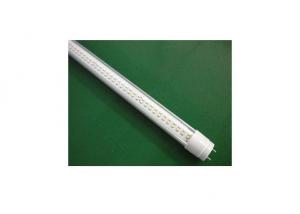Holiday Lights For House
Holiday Lights For House Related Searches
Lights For Houses Indoor Indoor Lights For Houses Led Lights For Christmas At Home Christmas Lights Lights For Indoor Garden Led Outside House Lights Outdoor Led House Lights Decorative Lights For Ceiling Outside Lights For Trees Lights For Fall Ceiling Professional Holiday Lighting Led House Lights Outdoor Decorative Lights Indoor Light Projector For Christmas Outdoor Xmas Tree Lights Lights For Kitchen Ceiling Outdoor Lights For Trees Lights For Bedroom Walls Led Lights Interior Home Led Floor Lamps For Home House Decorations For Sale Lighted Christmas Decorations Outdoor House Lights Led House Landscape Lighting Wall Lights For Bedrooms Outside Lights For Patio Accessories For Lighting Led Table Lamps For Home Christmas Led Spotlights Led Lights For Living Room CeilingHoliday Lights For House Supplier & Manufacturer from China
Holiday Lights For House are a popular choice for enhancing the festive ambiance during the holiday season. These decorative lights come in various styles, colors, and designs, allowing homeowners to customize their outdoor spaces with ease. They can be used to illuminate the exterior of a house, decorate trees, or create stunning light displays along pathways and driveways. The versatility of these lights makes them an essential part of any holiday decorating plan, as they can be easily integrated into existing decorations or used to create a completely new look.Holiday Lights For House are widely used in residential areas, commercial spaces, and public events to create a warm and inviting atmosphere. They are perfect for decorating during Christmas, New Year's, and other festive occasions, as well as for everyday use to enhance the curb appeal of a property. By using these lights, homeowners can express their personal style and create a welcoming environment for guests and neighbors alike. The ease of installation and the ability to mix and match different types of lights make Holiday Lights For House a popular choice for both casual and professional decorators.
As a leading wholesale supplier, Okorder.com offers a vast inventory of Holiday Lights For House at competitive prices. With a wide range of options available, customers can find the perfect lights to suit their specific needs and preferences. Whether they are looking for traditional incandescent lights, energy-efficient LED options, or unique designs that stand out, Okorder.com has it all. By providing a one-stop-shop for all holiday lighting needs, Okorder.com ensures that customers can find the best products at the best prices, making their holiday decorating experience both enjoyable and hassle-free.
Hot Products


